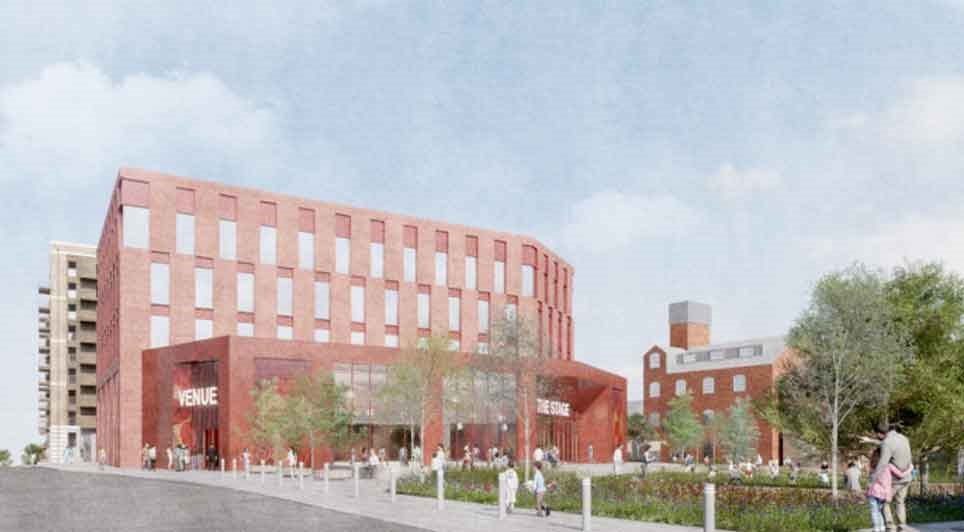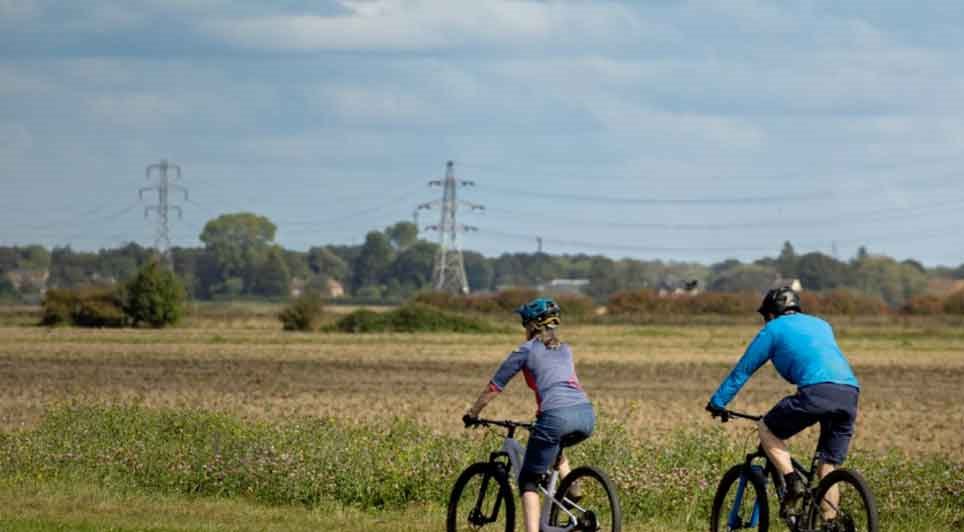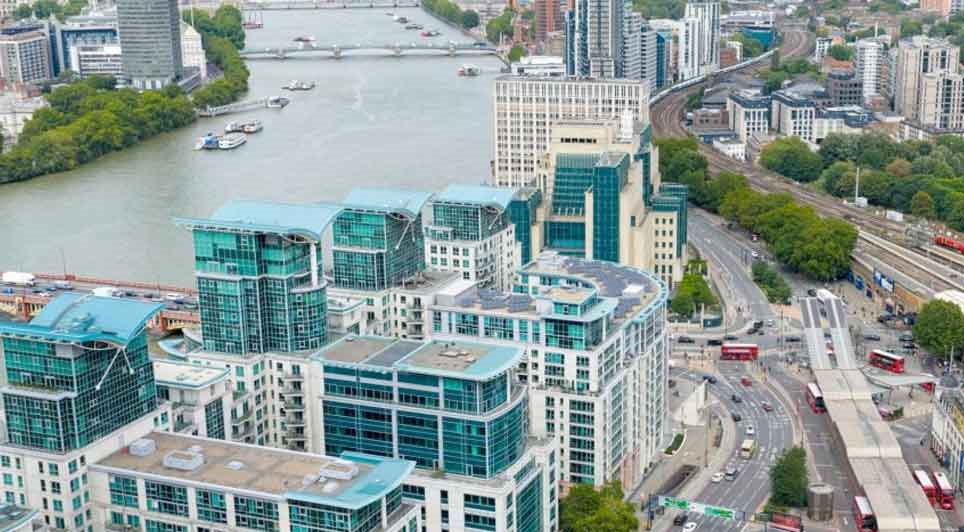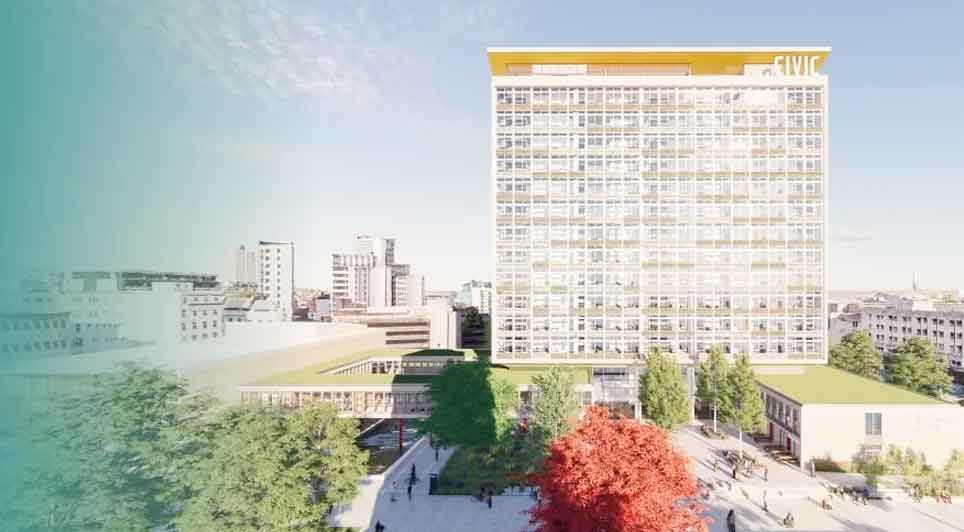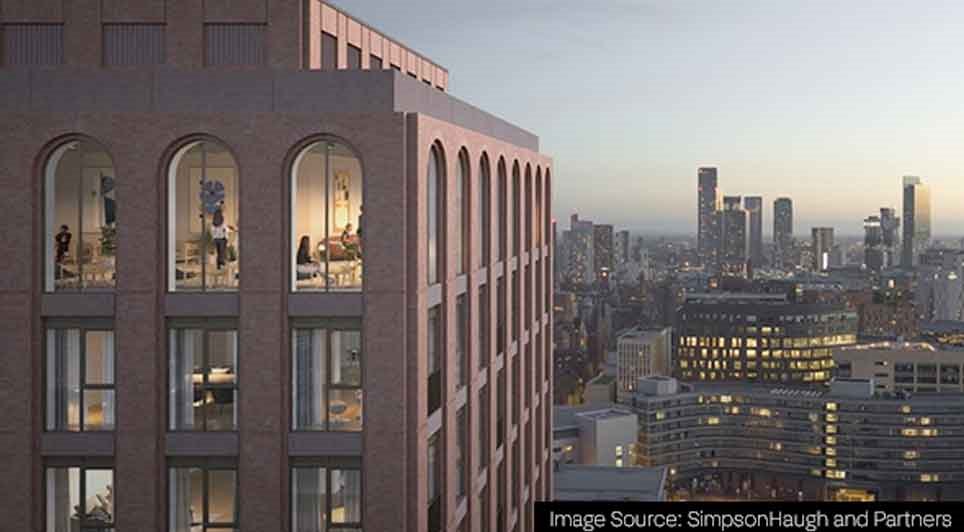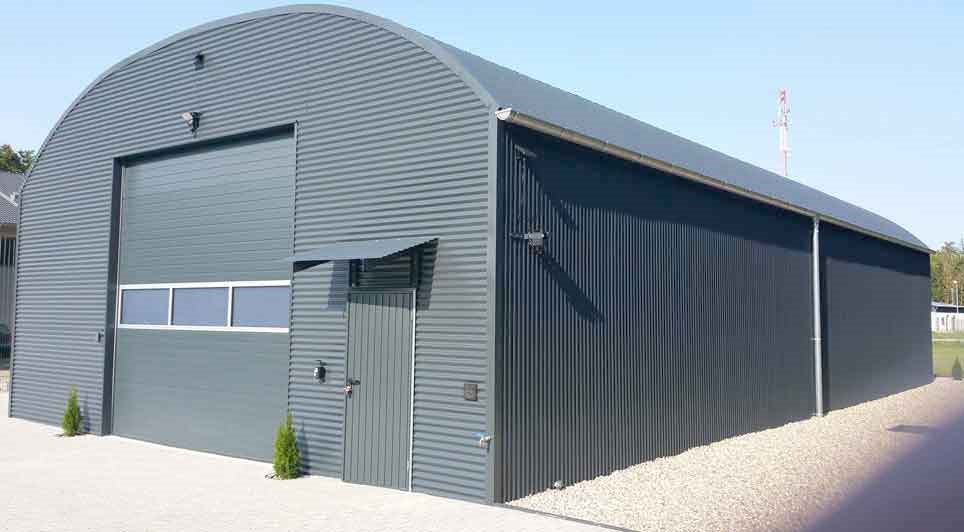On the day (Tuesday 8 July) that English Heritage launched its new Heritage At Risk Register, London Mayor Boris Johnson, announced that he would use the register to help bring London's listed buildings at risk back into use as much needed housing.
The Mayor has £331 million to spend in his Targeted Funding Stream for Housing and as part of that funding, £60 million has been earmarked for bringing London's empty properties back into use. Long-term dilapidated and, for the first time, listed buildings have been identified as a priority. The Mayor wants owners of listed buildings on the English Heritage's At Risk Register to work with their local authority to bid for money to improve the condition and use of their properties for housing.
There are currently 572 Buildings at Risk in London, 50% of which are empty and could be brought back into use. Of all the buildings on the Register, 210 are residential buildings, 140 (67%) of which are vacant and 42 (20%) of which are partly vacant.
Residential listed buildings in London which could be refurbished range from a Victorian villa in Enfield a Gothick country house in Ealing, to even the remains of a Wren church in Upper Thames Street in the City.
There are also many non-residential listed buildings on the At Risk Register which could be successfully converted into housing with the help of English Heritage advice. These include a 19th century sailmakers and chandlers in West India Dock Road and a former workshop and engineering works in Park Street, Southwark.
Making the announcement from a derelict historic building in Swinton Street Street, Mayor Boris Johnson said: "I believe, like English Heritage, that London's heritage is possibly its greatest asset after its people. Buildings like these must be made to live again, to serve as much needed housing and to give character and dignity to our streets.
"I am not prepared, as Mayor, to stand by and see history, in the form of buildings like these, hit the skip."
English Heritage first published the Buildings at Risk Register in London in 1991. Since then 92% of the original buildings on the register have been saved and removed. The larger Heritage at Risk Register launched today aims to expand this winning formula to all other elements of England's protected heritage over the next few years.
 UK
UK Ireland
Ireland Scotland
Scotland London
London

.gif)

